It was the year 1999 and the event was the TechLearn conference at Disneyworld when the term elearning was first mentioned in a professional context. Learning and Disneyworld? How do they coincide? Doesn’t matter. What is important is that this medium of learning had become official. Some or the other form of ‘elearning’ had been around since a couple of decades but now onward it had entered the world stage and there has been no looking back since then. In 2019 the online learning market was worth just under $200 billion. By 2026 these figures are estimated to reach $375 billion. Covid 19 too has had a role to play in shooting these numbers up as online learning was the only option for quite some time.
Creating Effective Elearning
So, elearning came in the last century, withstood the challenges of time, made a solid footing for itself, evolved, and is still undergoing changes. What is certain is that it is here to stay and grow. As elearning developers, our task is to stay relevant in the field and create impactful learning material. How do we do that? Hold on to the basics, be open to changes, and maintain room for flexibility.
Learner benefit: Step into the shoes of a learner and view a course, any course. Would you want to take it? You might ask yourself, ‘what is there in it for me?’ As course creators, it is important to make the learners realize the benefit of the course. The user must be convinced that by taking a particular course it will lead to their growth and development. This can be done by listing down crisp and relevant learning objectives. At first glance the learner should be able to find the benefits the course holds for them.
Engaging: An attractive set of learning objectives need to be complemented by an equally impressive learning material. By impressive we mean engaging. A learner will want to go from one lesson to another only if it is interesting and engaging. It is the execution of the course material that plays a significant role here. Remember, execution can make a boring topic interesting and also render an interesting topic dull.
Make it experiential: We learn through experiences and that is one of the best ways to learn. So why not apply the same to an elearning module. Agreed, not all courses will allow an experiential treatment, but many do and this can be utilized to the best possible limits. All it takes is to move the cogs of our brains and come up with creative methods and the ever-evolving technological advancements can always be used to the fullest to achieve outstanding results.

A visual presentation of the insulin absorption process helps better understand and remember the details.
Demonstrate: Show not tell. Telling is boring. Imagine sitting before a computer screen with text explaining a concept, for example the passing of light through a prism. How far will your attention hold? The computer is an audio-visual medium and it is worthwhile to make the most of this medium. Instead of mere text explanations would it not be better to demonstrate the passing of light through a prism and its splitting up into the colors of the rainbow? The visuals will make a lasting impact on the learner’s knowledge grasping capacity and help understand the concept far better.
Encourage/Motivate: Throw in a little quiz, make it a little challenging, and encourage the learner to tickle the brain cells a bit. No matter what the age of the learner, a little bit of encouragement always motivates one to push their limits and go that extra mile. When the desire to learn comes from within, there is no stopping.

A practical skill like welding can be best learned when learners get to view a demonstration of the process.
Interactive: Click Next, Click Next, Click Next . . . As a learner, how far will you be interested in a course that merely asks you to go from one screen to the other, endlessly. After a point this ‘Click Next’ may become mechanical and learning will be lost somewhere in the initial screens. Make the learner interact with the course, be a participant in an activity. Games and simulations are excellent examples which can make elearning courses interactive.
Feedback: A response to an activity holds great significance, from the learner’s perspective. Right or wrong, the learner has to know how they have performed, their strengths, their drawbacks, which areas need improvement, and the nature of improvement. Without this knowledge the learner cannot assess themselves and gain confidence. At the same time, this feedback must be relevant and encouraging rather and demeaning or admonishing. It helps the learner perform better.
Elearning is not just limited to learning on the computer. Technological advancements are happening at a rapid pace. The world has seen a revolution in the modes of communication and these changes have greatly impacted the world of elearning, in a highly positive manner. Geographical boundaries are insignificant when it comes to acquiring new skills and learning new concepts. Learners are always hungry for knowledge. Let’s get creative and innovative and help provide the best learning material.
Contact Us to create engaging and immersive online learning content or to know more about our immersive architecture.




